(NLDO) - An unparalleled paleontological treasure trove in China has opened a new "window into the history of life on Earth."
Using advanced analytical techniques, a research team led by Dr. Mingjin Liu from Chang'an University (China) discovered over the years that they were holding one of the rarest paleontological treasures, revealing life on Earth in the early Cambrian period.
These are seven strange spheres excavated from the Kuanchuanpu Formation in Shaanxi Province several decades ago, according to Science Alert.
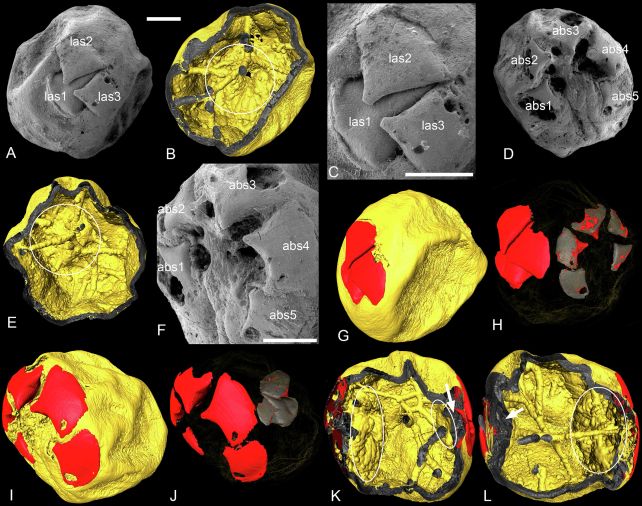
The mysterious spheres were identified as embryos of Cambrian organisms, an important stage in the evolutionary history of life on Earth - Photo: NIGPAS
According to the article published in the scientific journal Palaeogeography, Palaeoclimatology, Palaeoecology , the 7 strange spheres mentioned above are 7 fossil embryos.
These millimeter-sized objects are up to 535 million years old, dating back to the early Cambrian period, a period of explosive evolution of life on Earth.
In each tiny sphere, the soft tissues that make up each embryo have long since been replaced by calcium phosphate minerals as they decompose in sediments at the bottom of the marine environment.
This fossilization process preserves the three-dimensional anatomy of the embryo in incredible detail.
Based on the number and arrangement of the plates that make up the embryo's exoskeleton, called sclerites, the researchers classified these tiny creatures into two new species: Saccus xixiangensis and Saccus necopinus .
We don't know how these two creatures will continue to evolve, so much remains a mystery. But their anatomy is incredibly clear.
The plates on their exoskeletons are arranged radially at the head and bilaterally at the tail, indicating that their bodies are bilaterally symmetrical like ours.
Meanwhile, the absence of hair-like appendages places them in the Ecdysozoa group, a group of animals that includes insects, spiders, crustaceans, and worms.
The large size and hollow center of each fossil indicate that each of these embryos once fed on a large yolk, relying on it to sustain them until they could grow mouths and begin to feed themselves.
The researchers also analyzed in parallel the adult fossil of a similarly-characterized creature that lived 540 million years ago for comparison.
It's called Saccorhytus coronarius, described in a previous study, with an appearance like an alien creature in a movie: no limbs, a bag-like body, a giant mouth, bilateral symmetry and no anus.
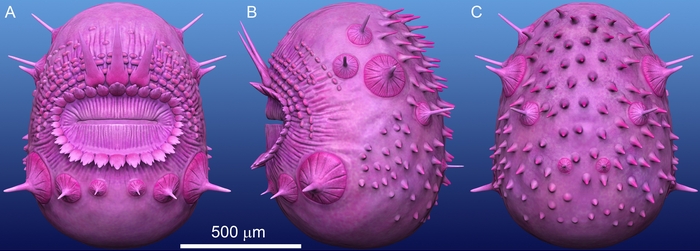
The monster Saccorhytus coronarius, only about 1 mm "tall" - Photo: NIGPAS
It is possible that Saccus could have evolved into something similar, closely related to Saccorhytus coronarius.
And whatever their family relationships, Saccorhytus coronarius, as well as seven mysterious creatures in calcium phosphate spheres excavated from China, are vivid portraits of the ancestors of many species today.
Source: https://nld.com.vn/7-qua-cau-la-tiet-lo-ve-su-song-trai-dat-nua-ti-nam-truoc-196241229101251764.htm


![[Photo] Overcoming all difficulties, speeding up construction progress of Hoa Binh Hydropower Plant Expansion Project](https://vstatic.vietnam.vn/vietnam/resource/IMAGE/2025/4/12/bff04b551e98484c84d74c8faa3526e0)



![[Photo] Closing of the 11th Conference of the 13th Central Committee of the Communist Party of Vietnam](https://vstatic.vietnam.vn/vietnam/resource/IMAGE/2025/4/12/114b57fe6e9b4814a5ddfacf6dfe5b7f)



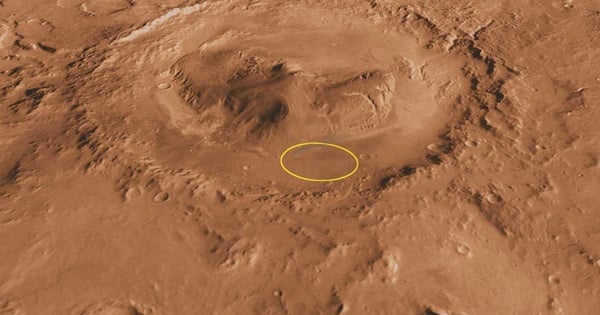
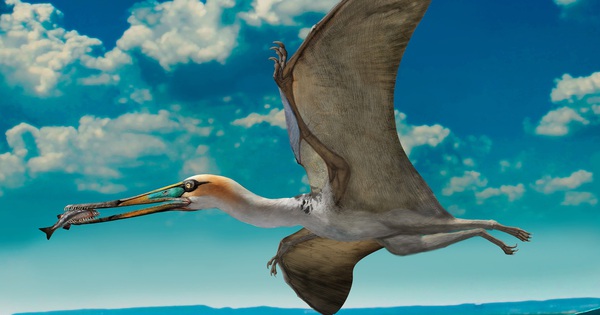

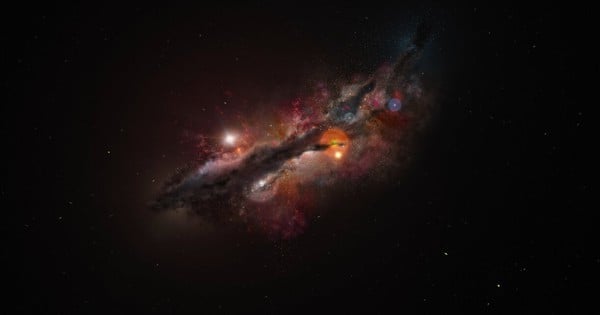
















































































Comment (0)